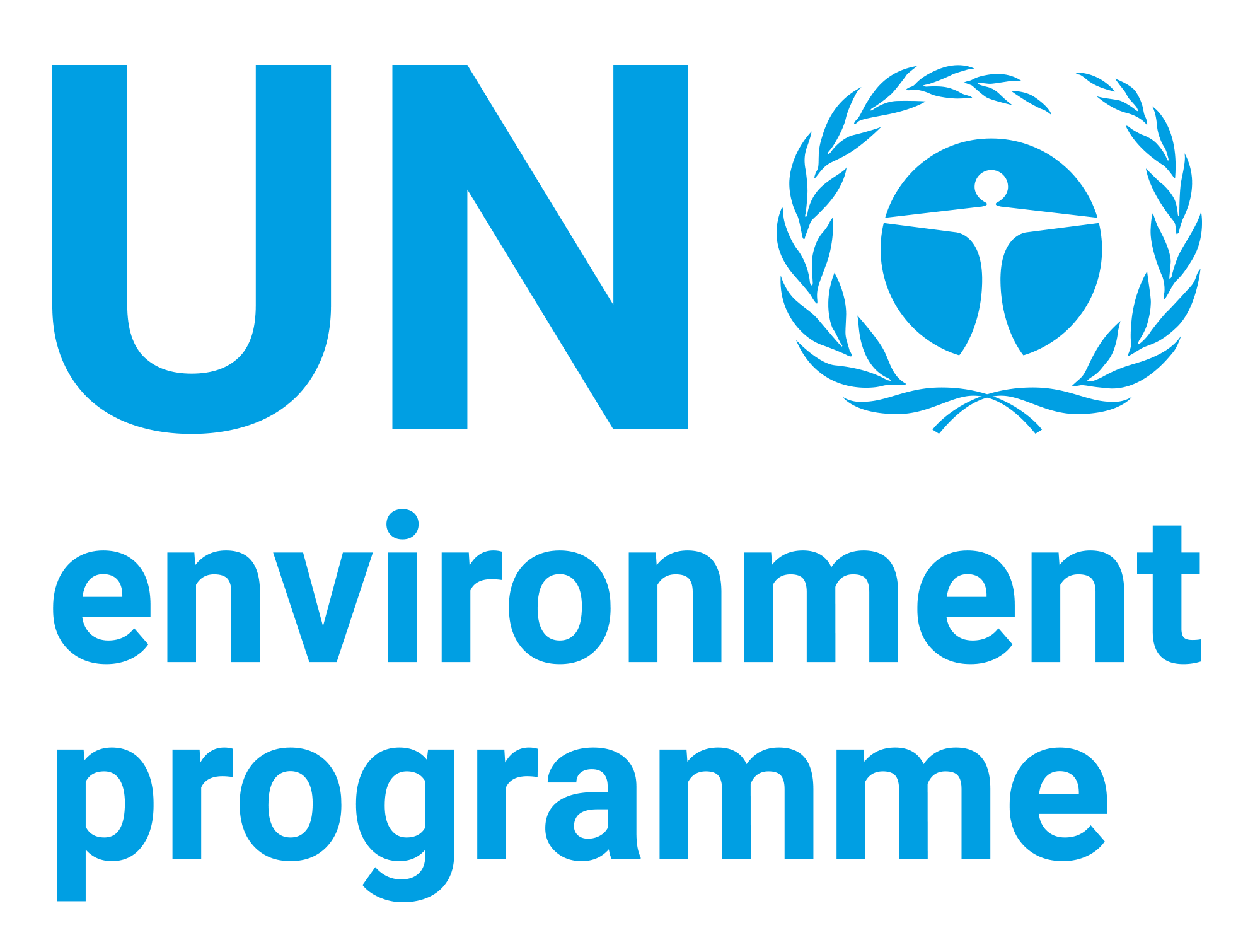Côte d’Ivoire Post-Conflict Environmental Assessment

Date
2015Author
United Nations Environment Programme
Citation Tool
Bibliographic Managers
RT Generic T1 Côte d’Ivoire Post-Conflict Environmental Assessment A1 United Nations Environment Programme YR 2015 LK https://wedocs.unep.org/20.500.11822/9835 PB United Nations Environment Programme AB TY - GEN T1 - Côte d’Ivoire Post-Conflict Environmental Assessment AU - United Nations Environment Programme Y1 - 2015 UR - https://wedocs.unep.org/20.500.11822/9835 PB - United Nations Environment Programme AB - @misc{20.500.11822_9835 author = {United Nations Environment Programme}, title = {Côte d’Ivoire Post-Conflict Environmental Assessment}, year = {2015}, abstract = {}, url = {https://wedocs.unep.org/20.500.11822/9835} } @misc{20.500.11822_9835 author = {United Nations Environment Programme}, title = {Côte d’Ivoire Post-Conflict Environmental Assessment}, year = {2015}, abstract = {}, url = {https://wedocs.unep.org/20.500.11822/9835} } TY - GEN T1 - Côte d’Ivoire Post-Conflict Environmental Assessment AU - United Nations Environment Programme UR - https://wedocs.unep.org/20.500.11822/9835 PB - United Nations Environment Programme AB -Item Statistics
Display item statisticsMetadata
Show full item recordDescription
The Government of Côte d’Ivoire, which came into power after the 2010 elections, made a formal request for UNEP to undertake a post crisis environmental assessment. In response, UNEP carried out a Post-Conflict Environmental Assessment (PCEA) which examined a range of environmental issues that had direct or indirect linkages with the conflict, including forests, national parks and urban environmental issues. The study documents environmental challenges in all areas assessed. The forests of Côte d’Ivoire, which were already severely impacted, continue to be under threat of encroachment, which could lead to irreversible damages. The infrastructure of national parks suffered substantial losses, especially in parts of the country which were not accessible to the central government during the conflict. Ébrié lagoon, which has economic, aesthetic and cultural significance to Abidjan, is degraded as a result of pollution and land reclamation. The study also identified that the risk of an oil spill along the Ivorian coastline has increased in the last decade, while at the same time the capacity of the Government to deal with oil spills has deteriorated. While there are a number of very serious challenges to achieving environmental sustainability in the country, there is also some cause for hope. The population density is still low at approximately 60 inhabitants per km2, and only 50 percent of the population still live in rural areas. The country has plenty of high-value resources (e.g., oil, copper, gold) and, owing to its geographical location, could well become the service hub of the region. Côte d’Ivoire is also fortunate in that the political situation is now more stable, with major hostilities between the two rival formations having ceased and the Government now considered legitimate and recognized by the international community. The study outlines a series of recommendations which, if implemented, can put Côte d’Ivoire on the track towards sustainable development.
Collections
Document Viewer
To read more, scroll down below.

